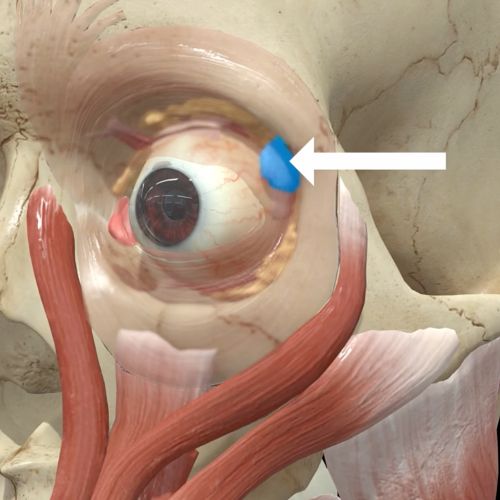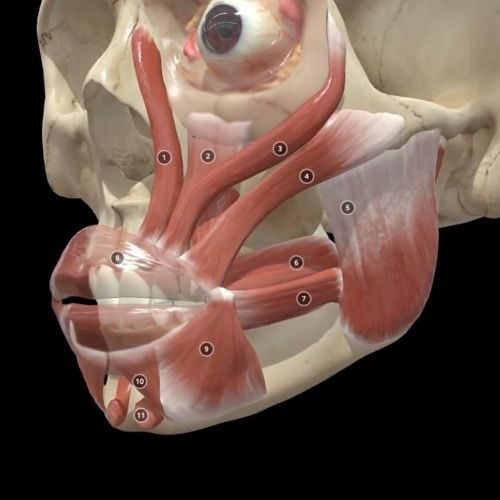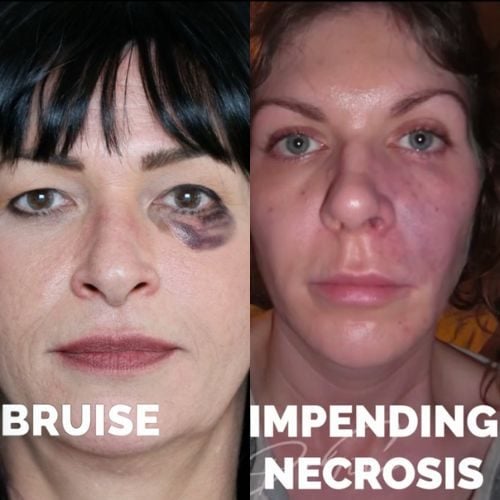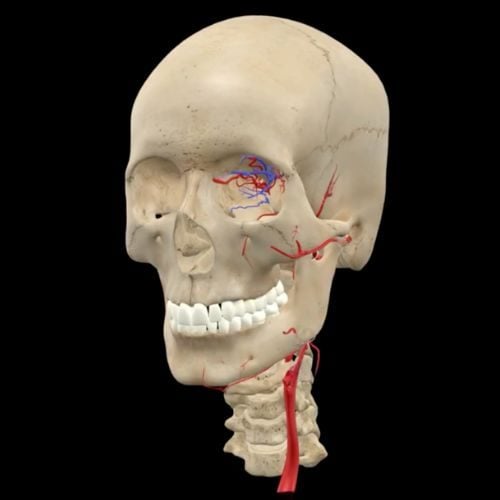- Mail us: support@drtimpearce.com
Is needle or cannula safer for dermal fillers?
You may be interested
 Dr Tim Pearce
Dr Tim Pearce

Dr Tim Pearce is frequently asked about the differing risks between using a sharp needle versus a blunt cannula to deliver dermal filler injections. He notes that there is also a widely held misconception, which proliferates on social media, that you are ‘safe’ if you use a cannula for these treatments.
When it comes to the rarer complications that can happen, such as blindness, he reminds aesthetic clinicians that there really is more to this debate.
In this blog, Dr Tim Pearce will discuss the relative safety of both needles and cannulas when used in dermal filler treatments, alongside reviewing a published clinical paper which looked at the rates of vascular occlusion with both needles and cannulas and explores the concepts of frequency of causing a complication versus the severity of complication caused.
Dr Tim will be discussing more medical aesthetic training tips as part of his upcoming webinar series, so if you’re looking to increase your CPD-certified learning and want to learn more skills to make you a better clinician, then step one is to register for the free webinars by Dr Tim.
Do needles cause more vascular occlusions than cannulas?
In a study entitled ‘rates of vascular occlusion associated with using needles vs cannulas for filler injections’ published by Dr Murad Alam et al, in the Journal of American Medical Association (JAMA) Dermatology, the authors performed a retrospective study of the complication rate of a cohort of 370 board-certified, U.S. dermatologists. This group reported data from procedures involving 1.7 million millilitres of dermal filler products, which represents a significant quantity of data for examination.
The overall rate of vascular occlusion (VO) from the data was one VO per 6,410mls. When looking at the frequency, they found that needles represented a much higher frequency of this adverse event and found a 77% reduction in frequency with the use of cannulas. They therefore reported a 1 in 6,410 chance of a VO when using a needle, and a 1 in 40,882 when using a cannula. In absolute terms, that means that from 1.7 million mls of filler, there were 103 VOs with a needle and 9 with a cannula included in the study.
From this study data, we can conclude that we are 6 times more likely to cause a vascular occlusion with a needle than with a cannula.
Should aesthetic clinicians stop using needles and switch to cannulas?
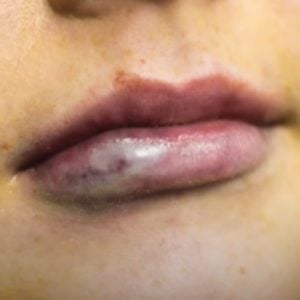
Dr Tim is quick to remind aesthetic clinicians that we shouldn’t just be thinking about the frequencies, or numerical chances, of causing a vascular occlusion, but also consider the potential severity of a VO and the use of each instrument to minimise the likely injury to the patient.
The clinical paper discussed did take account and consider severity alongside frequency and noted a severity score included with the injuries, but sadly the data available for that aspect was too small for meaningful and qualitative analysis. Despite data from 1.7 million mls of filler, the total number of vascular occlusions from cannula was fewer than a dozen, plus they included VOs caused in all areas of the face which makes qualitative interpretation nigh on impossible.
In an ideal study, (which currently does not exist), we would break down the face by area and compare needle versus cannula outcomes. With a decent quantity of injuries across different facial areas, with different instrument types, you could adequately compare and surmise on the right approach (needle or cannula) for each area. Sadly, this specific paper does not provide enough relevant data to offer a clear signal to answer this important question, and as noted by Dr Tim, we are often lacking critical data and studies within the medical aesthetic specialty.
Without published studies to rely on, aesthetic clinicians should take things back to first principles and evaluate the scenarios and probabilities for themselves.
What to consider when deciding between needle and cannula?
 In terms of frequency of causing a vascular occlusion, the principal factors are the likelihood of entering a lumen or blood vessel and the number of injections per ml of filler product.
In terms of frequency of causing a vascular occlusion, the principal factors are the likelihood of entering a lumen or blood vessel and the number of injections per ml of filler product.
The first disadvantage for needles is that they are shorter; because of this, practitioners tend to break the procedure up into more individual injections, each with a chance of causing a VO.
The core factor in relation to the risk of a needle entering a vessel is the pressure on the instrument’s tip. Several other factors including the gentleness of the injector will affect this, but the pressure applied to the vessel wall by the instrument is the primary factor governing the chance of penetration through the wall of the vessel. Needles are designed to do exactly that – they are pressure multipliers which focus the force of the pressure into a central point which is sharp enough to penetrate, so it is no surprise that needles are responsible for the bulk of reported vascular occlusions.
However, Dr Tim believes that in every way that blunt cannulas decrease the frequency of causing a VO, in comparison to needles, they increase the potential severity of the complication.
The core factor affecting severity is the total volume of filler product being injected. Cannulas are longer than needles, thus practitioners tend to keep them placed in the same entry point and deliver much higher volumes of product into the same space. For example, it is rare to put 1ml of filler into one injection point with a needle, but much more common when using a cannula via a single-entry hole.
The bluntness of a cannula can make severity worse because if the instrument were to enter a vessel, it is much more likely that it would be guided along the lumen and less likely that it would pass out through again.
With a cannula within a vessel such as the facial artery, the submental artery, or the dorsal nasal artery, that is parallel to the area of treatment, the nasolabial folds, the jawline, or the nose, and with the delivery of larger volumes of product, the severity of the potential problem and extent of injury increases. With a sharp needle, it is much more likely that volume deposition will be smaller and that the instrument will go straight through the vessel at some point and deliver some or all of the product beyond the danger zone, thus reducing the severity of initial injury.
When evaluating data for the most severe vascular occlusions, which go on to cause blindness or stroke, Dr Tim notes that cannula treatment with high volume procedures are often cited, and he concludes that the severity of a vascular occlusion should be of more concern to aesthetic clinicians than frequency when considering use of needle or cannula for a specific facial aesthetic treatment.
How can you reduce the risk of using a cannula for filler treatment?
These are Dr Tim’s top tips to help you to reduce the risk of causing a vascular occlusion, and more importantly, a severe vascular occlusion when using a cannula for dermal fillers:
- Be gentle, find the path of least resistance for your cannula and apply less pressure to reduce the chances of a cannula entering the lumen of an artery.
- Never insert a cannula into a bleeding hole or use your instrument to tamponade the bleeding; the blood could be coming straight from an artery.
- Assess the mobility of your cannula, before injecting, check that it moves easily, the tactile feedback is different if your cannula is restricted within a vessel.
- Observe for a small raise before you start injecting large volumes, this will show that the filler is expanding outwards and not travelling down the lumen of a vessel.
- Aspirate, it does still work with cannulas, do not be fooled into thinking there is no point.
- Compress any vessels which are present in the area, and particularly those that lead towards the eye, especially in high-risk injection areas.
Aesthetics Mastery Show
CANNULA Vs NEEDLE: Which instrument is safer for dermal filler?
This blog follows our recent Aesthetics Mastery Show, in which Dr Tim Pearce assesses the relative safety of needles vs cannulas in dermal filler treatments. He explains that whilst cannulas cause fewer vascular occlusions than needles, the severity of the ones they do cause tend to be worse, so he suggests his 6 simple steps aesthetic clinicians can use to reduce the risk of VO from cannula.
Are you still anxious about delivering cosmetic injectables safely?
If you want to learn more about mastering medical aesthetic treatments and complications or conquering the anxiety of where to place your needle, then register for the next Dr Tim webinar.
Subscribe to our YouTube channel for really useful regular tips and advice. ![]()
Further complications resources
If you want to increase your confidence by learning how to handle complications, Dr Tim Pearce offers two comprehensive courses that are highly rated by our delegates:
Both give CPD and certificates on completion.
In addition, browse our FREE downloadable resources on complications.
Dr Tim Pearce eLearning
Dr Tim Pearce MBChB BSc (Hons) MRCGP founded his eLearning concept in 2016 in order to provide readily accessible BOTOX® and dermal filler online courses for fellow Medical Aesthetics practitioners. His objective was to raise standards within the industry – a principle which remains just as relevant today.
Our exclusive video-led courses are designed to build confidence, knowledge and technique at every stage, working from foundation level to advanced treatments and management of complications.
Thousands of delegates have benefited from the courses and we’re highly rated on Trustpilot. For more information or to discuss which course is right for you, please get in touch with our friendly team.
Botox® is a registered trademark of Allergan Aesthetics plc.
Related Articles
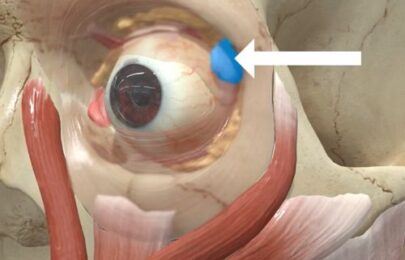 Bestseller
Bestseller
Avoiding Botox Eye Complications From Dry Eye to the ‘Psycho Look’
September 30, 2025
Avoiding Botox Eye Complications From Dry Eye to the ‘Psycho Look’
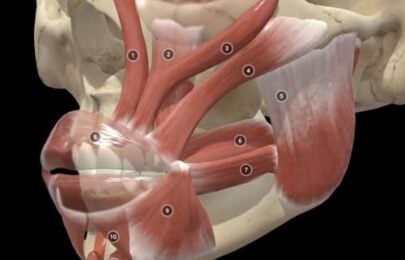 Bestseller
Bestseller
How to Fix a Crooked Smile with Botox
September 25, 2025
How to Fix a Crooked Smile with Botox
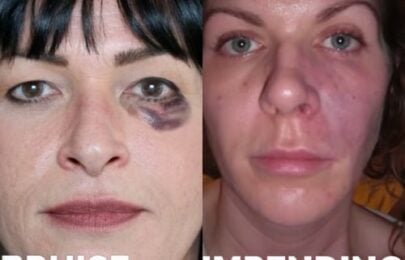 Bestseller
Bestseller
Multiple Causes of Vascular Occlusion and Necrosis
September 23, 2025

